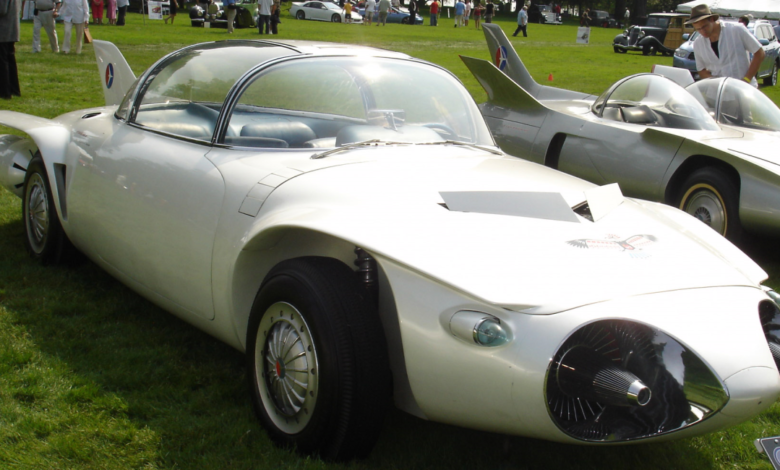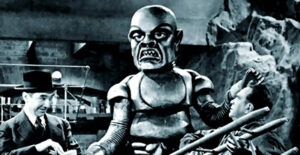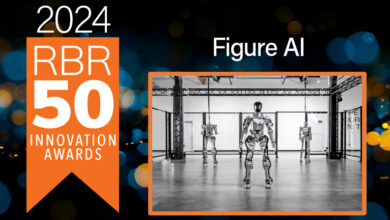Creator movie showcasing robots you’ve never heard of

The 2023 film The Creator uses old footage of robots from the 1950s, and viewers probably don’t even notice.
The film is directed by Gareth Edwards, the creator of Monsters, who claims his influences for film-making are George Lucas, Steven Spielberg and Quentin Tarantino.
The Creator is a film about “humanity v AI.” It includes a newsreel depicting an alternate development path for robots due to the earlier creation of AI.
It uses a mixture of visual effect robots and footage of early attempts at robotics dating back to the 1950s.
Here are a few of the incredible historic robots showcased in this film.
Able Mable – created by Professor Meredith Thring – an attempt at depicting what robots will look like in the future—first showcased in 1966 on a program called ‘Tomorrow’s World’.
While she may appear robotic, with her head and telescopic eyes likely being remotely controlled, her hands were clearly operated by a human in the footage. It is still impressive ingenuity to try and predict future robots and their potential integration into modern society.
Arthur the Robot, our first fully-fledged robot.
Kurt Golden, about whom we can find no further information, created Arthur when he was 16 years old in 1945. Unlike Mabel, it is fully robotic, running on motors to operate its wheels and singular arm.
Controlled from a distance by Kirt himself, Arthur showed it could do a handful of tasks around the house. Arthur effectively used a rotary lawn mower and even watered the lawn in this archived footage (timestamp 4:37.)
The Quadrupedal walking truck. Designed by Ralph Mosher in 1969, this robot used a pilot’s hands and legs to direct and control the four legs of the robot through hydraulics.
Its initial purpose was to carry infantry equipment through rough terrain, but its large stature made it exhausting to operate.
Sim One, the closest thing on this list to an AI. Created in 1966, it was a computer-operated patient simulator that used an array of electronic and mechanical components beneath a human-like exterior to simulate medical scenarios.
Sim One was perfect for practicing endotracheal intubation and general anaesthetist training with its simulated breathing and controllable responses to create realistic scenarios.[IM3]
It was advanced for its time but was too expensive to become commercial, and it faded out in favour of simpler alternatives.
Firebird 2. General Motors was ahead of its time with this 1956, car, showcasing the concept of gas turbines.
Whilst non-operational, the Firebird 2 also included a guidance system for “the highway of the future.” The car would be able to respond to electrical signals along the road to keep it inside the lane, detect upcoming hazards, and begin automatically slowing down.
Should robots always tell the truth?



